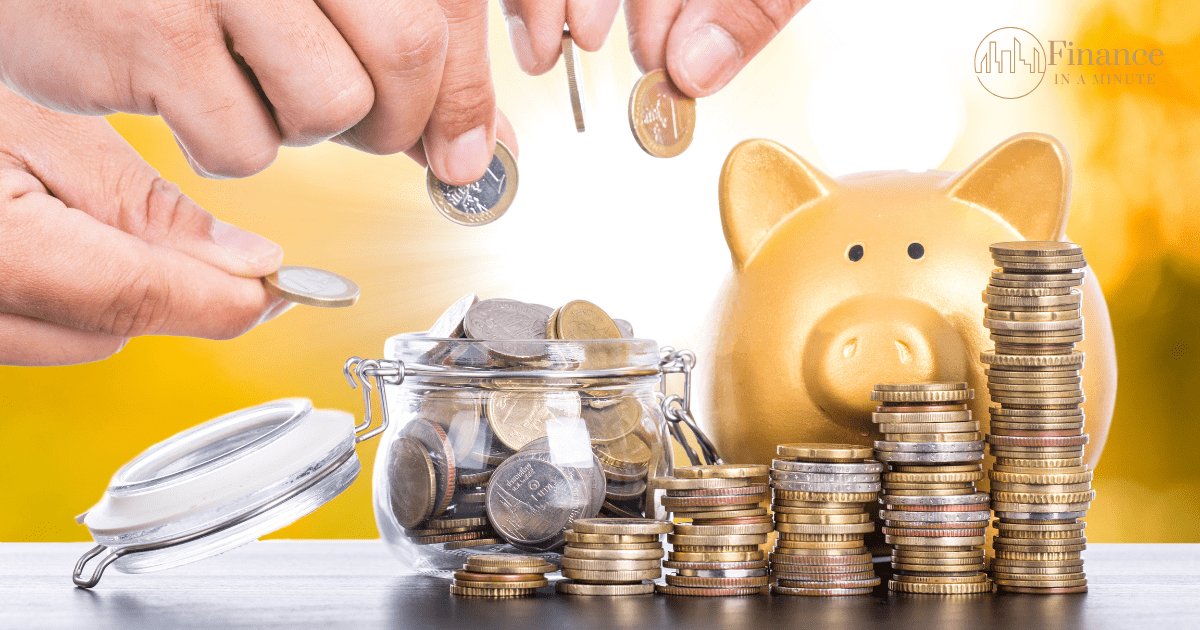
19 Aug Does the New CMEPA Law Tax Your Savings? Here’s the Real Deal
Whenever a new financial law is passed, fear spreads fast. Many Filipinos are worried about the Capital Markets Efficiency Promotion Act (CMEPA, RA 12214) because they think the government will start taxing their entire savings. That’s not true. The law, which takes effect on July 1, 2025, only taxes the money you earn from your savings and investments—not the money you’ve worked hard to set aside.
Here’s an example. If you have ₱50,000 in the bank and it earns ₱1,000 in interest, the tax applies only to the ₱1,000. Your ₱50,000 stays untouched. That’s the heart of CMEPA—it’s not designed to take your money, but to standardize how earnings are taxed and to lower the cost of investing.
Before this law, the system was messy. Taxes on bank deposits weren’t consistent. Sometimes it was zero, sometimes 20 percent. With CMEPA, it’s now a flat 20 percent. That means if you earn ₱1,000 in bank interest, ₱200 goes to tax. For dividends, which are the profit shares companies pay to their investors, the rules also change. Before, rates varied and could go higher. Now, it’s always 10 percent. So if you receive ₱1,000 in dividends, only ₱100 goes to tax—you keep ₱900.
Selling shares also becomes easier to understand. In the past, capital gains from local and foreign shares were taxed differently, with foreign ones often higher. Now, both are taxed at a flat 15 percent. The biggest win, though, is for stock investors. Every time you sold stocks before, you paid 0.60 percent of the selling price as tax. CMEPA cuts that down to 0.10 percent. If you sell ₱10,000 worth of stock, you now pay ₱10 in tax instead of ₱60. That’s money back in your pocket.
Even stamp taxes are lighter. Issuing new shares or debt papers used to be taxed at 1 percent. It’s now 0.75 percent. And here’s an extra piece of good news—when you buy or sell mutual funds and UITFs, you no longer pay documentary stamp tax at all.
So why did the government do this? The main goal is to encourage Filipinos to save and invest more by making the system cheaper and fairer. More investing means more money flowing into businesses, more jobs, and a stronger economy.
But it’s not all good news. There are downsides too. The flat 20 percent tax on bank interest means even small savers will now see a chunk taken out. With bank interest rates already low, deposits will grow even slower. For people who prefer safety and don’t want to risk investing, this feels discouraging. The law is clearly tilted toward pushing Filipinos to invest, which isn’t risk-free.
Still, for millennials and Gen Z, CMEPA could be a turning point. You’ve been dealing with rising expenses, side hustles, and loans while trying to build wealth. Saving in the bank feels safe, but slow. Investing has always seemed expensive or intimidating. This law makes it cheaper and simpler to start. Your savings won’t disappear, but they also won’t grow much after tax. On the other hand, investing in stocks, mutual funds, or UITFs becomes more practical, even with small amounts.
CMEPA doesn’t take your savings. It changes how your money grows. The trade-off is clear—bank deposits stay safe but feel weaker, while investments now give you a fairer chance to make your money work harder. If you’ve been waiting for the right time to start investing, July 2025 might be the moment to finally take that step.

